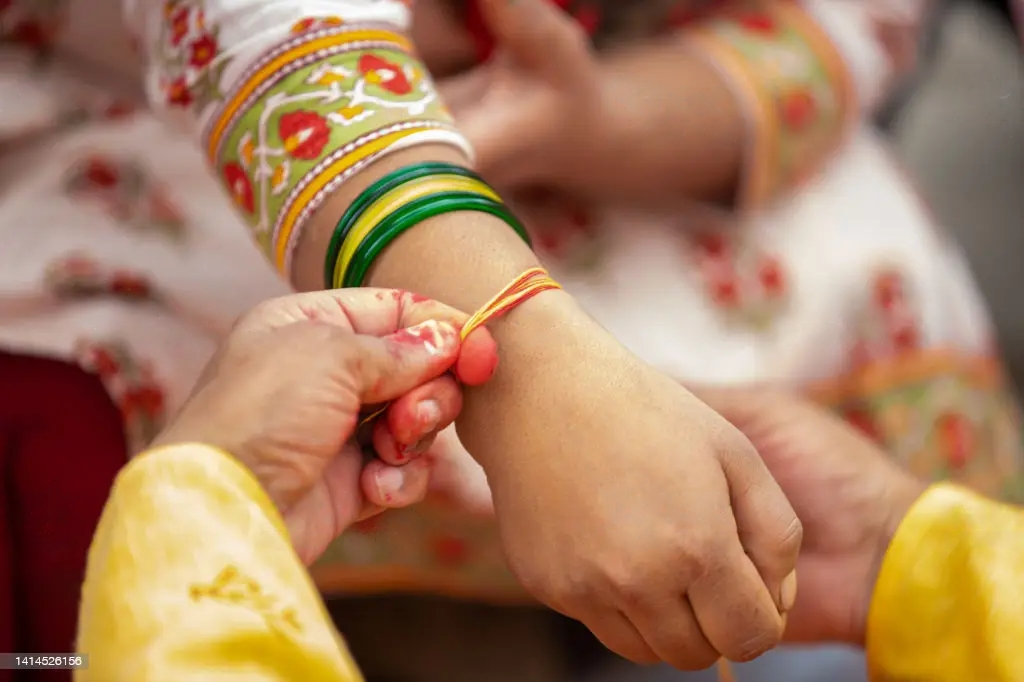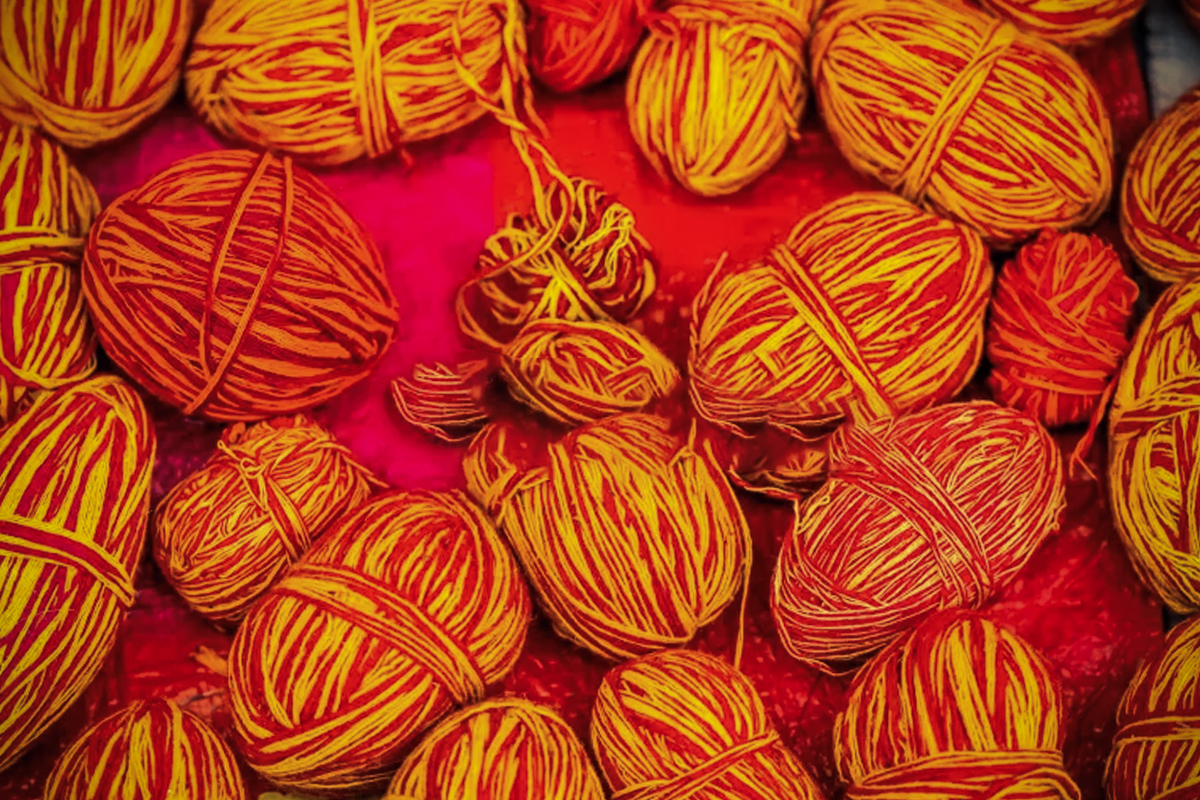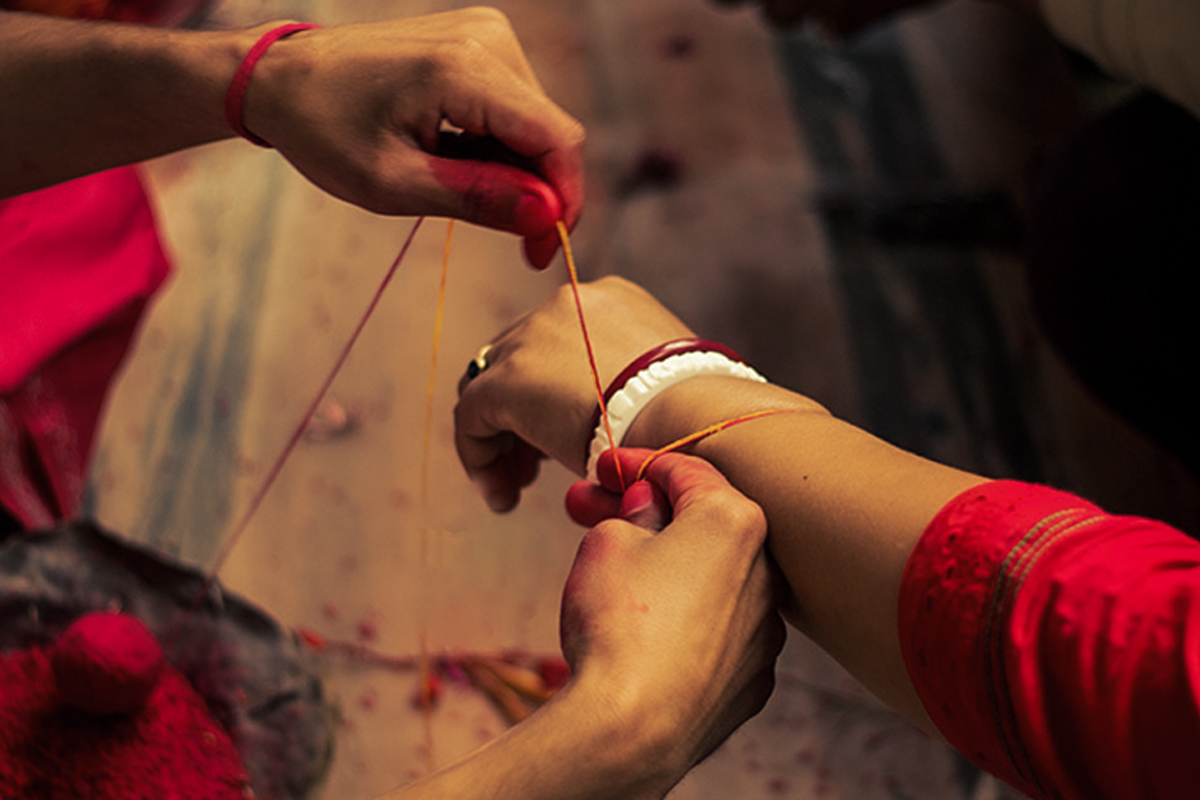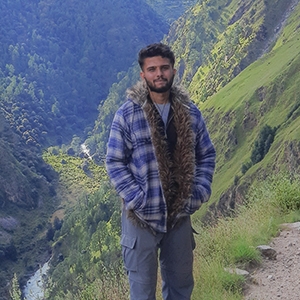Janai Purnima is one of the many festivals observed with cultural implications throughout Nepal's diverse terrain. In Nepali, "Janai" and "Purnima" stands for a sacred thread and the full moon, respectively. Beginning with Janai Purnima, Nepal's festival season officially begins. In Nepal, this event marks the beginning of August but may vary.
This holy festival is celebrated every year on the day of the full moon in the month of Shrawan. Men who wear the sacred thread known as Janai, bathe in the nearest river or pond at the crack of dawn and switch the Janai that the priest gives them. On this day, Hindus also bind a sacred thread around their wrist.
Tying this sacred thread is believed to sanctify the soul and protect the body from any evil spirit. Prior to being attached to the tail of the cow during the Tihar festival, the holy thread in hand is told to be worn continuously throughout the day and for a few months after that. Devotees are said to benefit from this by experiencing good fortune and a better quality of life. Every year, thousands of disciples go from all across the nation to the Rasuwa district's Gosaikunda to take part in a fair. On this day, hundreds of devotees travel to Patan to the Kumbeshwar Temple. Additionally, the family gathers to cook and feast on delicious food on Janai Purnima. The night before Janai Purnima, nine different variety of lentils is soaked to make the special dish called "Kwati," which is made on this day. Not only is this delectable dish good for your health but it is also considered a gastronomical delight.
This festival is known as Janai Purnima in other parts of Nepal, while Hindus in North India and the Terai region of Nepal celebrate the same day as "Rakhi" or "Rakshya Bandhan." Brothers and sisters celebrate their bond with one another on this day. In order to increase crop output during Janai Purnima, farmers from the Newari community feed the frogs, who are revered as messengers of the God of rainfall. Here are some more fascinating facts and beliefs regarding the holy celebration of "Janai Purnima."
Meaning of Janai ‘A Sacred Thread’
You may ask What is Janai made from? What is Janai? For your valuable information, Janai is a holy cotton thread worn across the chest by Hindu men. It is placed crosswise across the left shoulder to the right waistline. A Janai consists of six cotton threads, and each string has a meaning to it. Three of the threads symbolize Brahma, Vishnu, and Maheshwar (the three major gods in Hinduism). And, the other three strains symbolize the totality of worship, knowledge, and karma. Those six strains of Janai have their unique symbolism according to the Hindu myths. This sacred thread is only given to males during an impressive religious ceremony called ‘Bratabandha’ which is such a type of ceremony or a formal process of accepting an individual in his religion. Hindu Nepalese men of the Brahmin and Chhetri groups perform their annual ritual of changing Janai during this festival.
Why is Janai Purnima celebrated?
Janai symbolizes safety and purity. Janai is very meaningful to Brahmins in their everyday lives. This so-called consecrated, handmade cotton thread holds deeper religious consequences to the Hindus and is given to the men during their Bratabandha, which is a remarkable event that honors the end of boyhood. It is deemed that this holy Janai shields men from the hazards of the coming year. A boy who hasn’t performed Bratabandha does not wear this sacred thread. Janai Purnima is honored with a pure attitude as this holy thread contributes knowledge, wisdom, positivity, prosperity, and potency to the wearer. It is highly considered that there is the existence of God in every thread of Janai, so adopting a Janai protects from negative energy, and cleanses the body, mind, and soul.

When is Janai Purnima celebrated?
Janai Purnima falls during the month of the Bhadra according to the Nepali Calendar. This festival is an early August festival in Nepal that marks the beginning of other major festivals in Nepal. You can visit Nepal during the happening date to witness the rituals of this sacred celebration and be stunned by the beliefs and practices.
This year Janai Purnima falls on Saturday, 9th August 2025 (25th Shrawan, 2082).
How is Janai Purnima celebrated?
In the hilly region of Nepal, it is taken as a day when the Brahmin men embark on the annual changing of their Janai (holy thread) that marks their coming-of-age ritual. A man who has participated in Bartabandha is qualified to wear Janai which means he is capable of performing Yagya and Puja. The day before Janai Purnima, men fast partially as they dodge garlic, meat, and onions in their meal. On the main day, Brahmin and Chhetri men take a holy bath early in the morning and are ready for a ritual to change the Janai. Thousands of pilgrims visit the tremendous divine lake named Gosaikunda and take holy dips in the lake to scour their souls and bodies. After taking the holy bath, the men release their old Janai and replace it with the new one. Other men usually visit nearby Hindu shrines where the priest intonates mantras and performs rituals to wear the new sacred thread. Khumbeshwar temple in Patan is also one of the most visited places during Janai Purnima.

Also, in Janai Purnima, the priest ties colorful threads on the wrists of men and women and gives them blessings. It is believed that this thread on the wrist guards people against bad energy and blesses them with good luck throughout the year. In the Terai region and North Indian regions, this festival is celebrated as ‘Raksha Bandhan’ or ‘Rakhi’ which signifies the relationship between brothers and sisters.
Myths and stories behind Janai Purnima festival in Nepal
Though the tradition of wearing a Janai is specified to Brahmins, Chhetris, and Vaishyas, today everyone including all men and women has the liberty to do this. Only after adorning the Janai, one is considered eligible to execute all 16 rites of human life which are called ‘Sanakars’. There are many mentions in Hindu Mythology related to Janai Purnima and Raksha Bandhan. It is claimed that all people including men and women of all castes had the tradition of wearing a Janai in the past. To date, while conducting Pujas such as Laxmi Puja, Durga Puja, or Swasthani Puja, Hindus offer Janai to the divinities as well. Offering a Janai to the female godheads during a puja symbolizes that they adorn the Janai. Wearing these sacred rituals is acknowledged to acquire direct energy from the Sun God, and the chanting of the Gayatri Mantra is supposed to increase mental, physical, and spiritual attention.
About Kwati ‘ a special dish of Janai Purnima’
One of the delicious and special dishes that are not to be missed during the festival is the ‘Kwati’ made from soaked beans. In the present context, it is also called ‘Kwati eating day’. The Kwati is specially prepared on this day, so the name Kwati Punhi occurred. This special dish is a thick soup made up of a combination of a variety of beans and sprouts ranging from 9 to 12 types. Kwati is said to provide warmth and strength to our bodies. The sprouts and beans are doused in the water a day before the festival so that they become soft. And the next day, it is cooked well, mixing various spices and lots of water. This special dish can be prepared by roasting it with a vegetarian taste or mixing meat items. It is believed that this special dish is also medicine for diseases related to the digestive tract.
Kwati Punhi ‘celebrated by the Newari community of Nepal’
Kwati Punhi was "celebrated by the Newari population in Nepal."Because they don't wear Janai during this festival, Nepal's Newar people (especially those from the Kathmandu valley) celebrate Janai Purnima as "Kwati eating day." They also observe Gunhu Punhi on this day. On this particular day, they merely bind a Dora ``thread" to their wrist. After taking a bath in the early morning, they go to a neighboring shrine where a priest would tie a Dora around their wrist. The Newar people commemorate Kwati Punhi by cooking a special food called "Kwati '' at home after tying the Dora. Gai Jatra, another significant celebration of the Kathmandu valley, occurs the day after Janai Purnima.
On this particular day, the Dora on the wrist is fastened to a cow's tail. According to folklore, the cow would direct the deceased's soul to heaven.

Raksha Bandhan and how it is celebrated?
Reflecting on what is meant by "a tie of protection”, Janai Purnima and Raksha Bandhan are both observed on the same day. The words Rakshya and Bandhan both refer to tying a knot. Sisters tie Rakhi, or "colorful thread," around the wrist of their brothers in the Terai region of Nepal and in the North Indian region, with the belief that the sacred thread will shield the brother from evil spirits and bestow good fortune. As sisters who are not related by blood accept the guy as their brother and tie rakhi on their wrists, the thread of rakhi can deepen the brother-sister bond. After tying the rakhi, it is said that the brother has a responsibility to look out for his sister. Bhai Tika, which is observed in Nepal on the final day of the Tihar festival, and Rakshya Bandhan are somewhat comparable. The sister worships her brother by placing a tika on his forehead and adorning him with garlands.
Following that, the sister fastens a rakhi to her brother's wrist while praying to God for his protection from harm. The brother gives his sister things in exchange. Following that, the brother prostrates himself at his sister's feet to receive her blessing. Rakshya Bandhan in Nepal is observed in this manner.
Are Janai Purnima and Rakshya Bandhan the same?
Even though they both fall on the same day, Janai Purnima and Rakshya Bandhan are not celebrated in the same way. On Janai Purnima each year, the previous Janai is replaced by the new one. On the other hand, sisters tie Rakhi on their brothers' wrists to celebrate Raksha Bandhan.
This intriguing celebration represents the distinctive Hindu tradition in Nepal, which bears distinct cultural and religious attributes. Raksha Bandhan is essential for enhancing the genuine and deep ties between brother and sister. A Janai holds cultural value
Make sure to travel to Nepal in August if you want to witness this fascinating event. The date of this year's Janai Purnima is 9th August 2025 (25th Shrawan, 2082) on Saturday. You will also have the opportunity to experience the varied customs and cultures of other activities. Contact us for further details on participating in Nepali festivals and for additional information.





